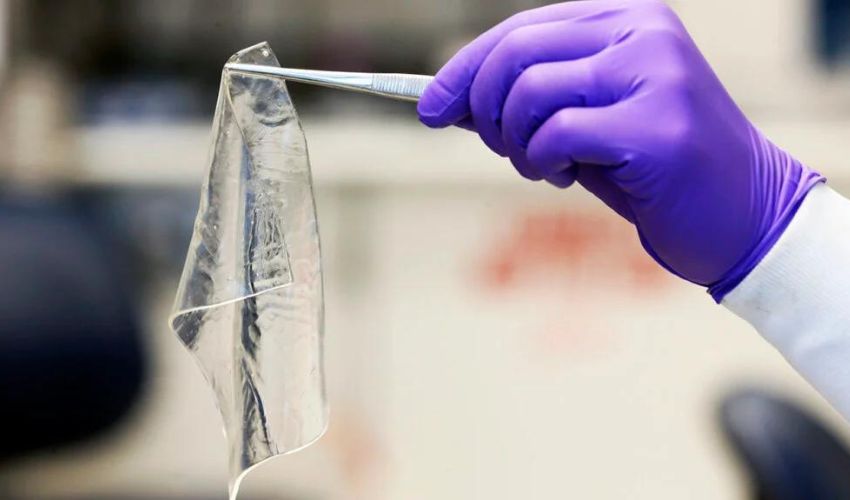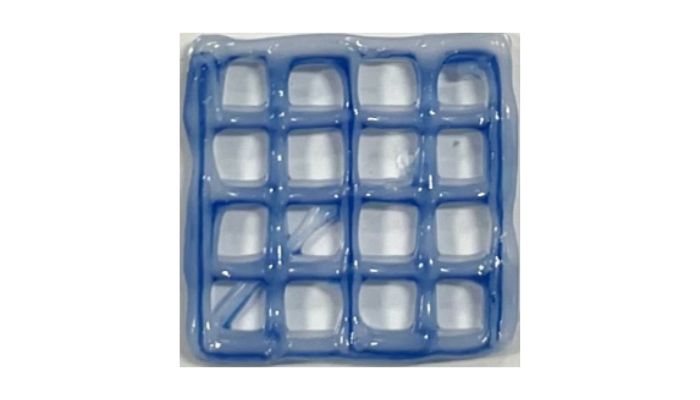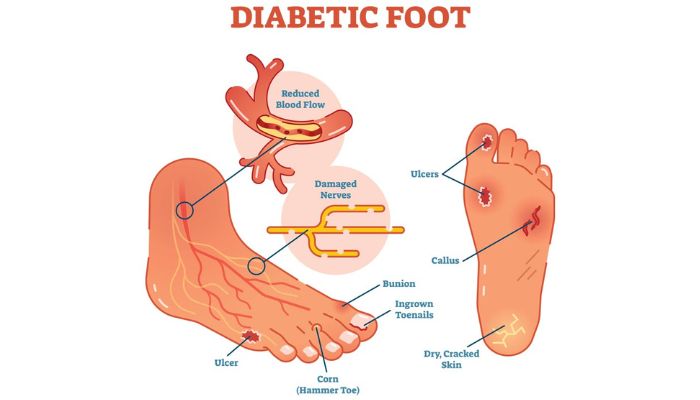Breakthrough In Diabetic Foot Ulcer Treatment With 3D Printed Wound Dressings

According to statistics from the Centers for Disease Control and Prevention (CDC) 37.3 million people, or 11.3% of the U.S. population, have diabetes. Diabetic induced foot ulcers are an important cause of morbidity in patients with diabetes. The lifetime risk of a foot ulcer for patients with type 1 or 2 diabetes may be as high as 34 percent. Due to the elevated blood sugar, the blood vessels and nerve pathways are damaged, especially in the feet of the patients, causing them to experience little to no pain in their feet. As a result, minor injuries and wounds go unnoticed for a long time and heal with great difficulty.
Researchers at Queen’s University Belfast now want to provide patients with a remedy and are using 3D printing technology to do so. In the process, they discovered a new treatment method for healing diabetic foot ulcers by developing 3D printed bandages, known as scaffolds – a breakthrough in diabetes treatment.

The scaffolds are produced using 3D bioprinting. (Photo credit: Queen’s University Belfast)
A combination of lipid nanoparticles and hydrogels are used to create the scaffolds. These form a scaffold-like and skin-like structure, which is individually adapted to the patient. The scaffolds make it possible to permanently release antibiotic-loaded molecules for the targeted treatment of diabetic ulcers. This treatment method is not only convincing because of its efficiency, but because it is also sustainable and cost-effective, since the “scaffolds” can be manufactured in any hospital. In addition, medical staff also benefit from the 3D printed dressings. By eliminating the need to constantly put on and take off the dressing, a lot of effort and time is saved.
A Personalised, Sustainable and Innovative Approach
“This innovative, personalised, and sustainable approach, provides the healing needed for the diabetic foot ulcers, to avoid any complications, and enables doctors to monitor the healing constantly. This avoids needing to remove dressing constantly, which can provoke infection and delay the healing process. Medical professionals also do not need to change the drug dosage as this double release, supports that need.” said Professor Dimitrios Lamprou, leader of the project and Chair of Biofabrication and Advanced Manufacturing at the Queen’s University of Belfast.
For the production of the wound dressings, 3D bio-printing was used to combine two bio-inks in one filament. The inner core of the filament consists of a nanocomposite hydrogel containing lipid nanoparticles encapsulated with thyme oil. The exterior of the filament consists of a hybrid hydrogel, which is also enriched with thyme oil. The oil is considered a natural replacement for antibiotics and helps prevent increasing antimicrobial resistance. This combination allows the release of the active ingredient molecule in two different ratios, especially as a rapid “mass release” within the first 24 hours and a delayed release for up to ten days. This allows for initial disease prevention immediately after administration, which is often the most risky time. Subsequently, more long-lasting infection prevention with antimicrobial activity is induced in the following days.

Photo credit: Strade Orthopedic Shoe Technology
“Diabetic foot ulcers are chronic wounds highly susceptible to infection which can lead to limb- or life-threatening complications. Our natural liposomal antibacterial approach has shown promising initial antibacterial results highlighting the potential of this strategy to prevent bacterial colonisation during the crucial early stages of wound healing, as well as longer term protection of the wound.” explains Dr. Matthew Wylie, Lecturer in the School of Pharmacy at Queen’s University Belfast, who was responsible for the in vitro evaluation of the dressings’ antibacterial efficacy.
“Improved wound management will not only enhance patient quality of life but could reduce the need for traditional antibiotic therapy, a key aim in the fight against antimicrobial resistance development.” – Dr Matthew Wylie
For more information, find the original source HERE.
What do you think of this new treatment method for diabetic foot ulcers? Let us know in a comment below or on our LinkedIn, Facebook, and Twitter pages! Don’t forget to sign up for our free weekly Newsletter here, the latest 3D printing news straight to your inbox! You can also find all our videos on our YouTube channel.
*Cover photo credit: MediaNews Group/Boston Herald via Getty Images






